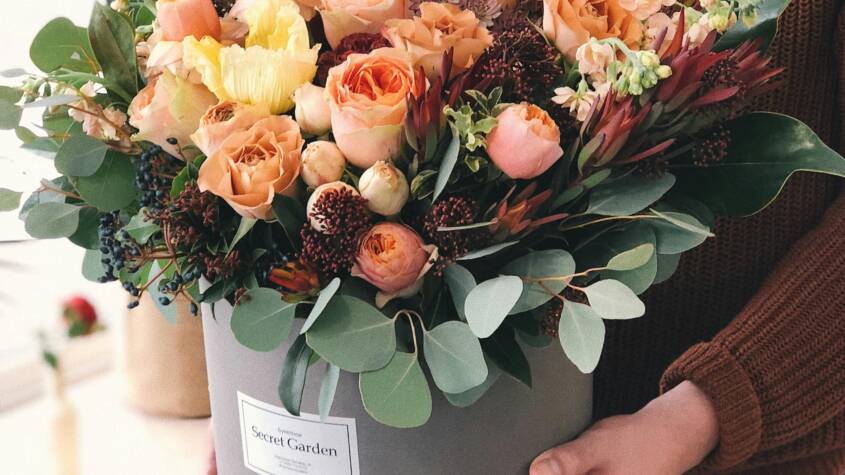
A sympathy bouquet serves as a heartfelt gesture during times of loss or sorrow. It conveys compassion and support, helping to express feelings that may be difficult to articulate. In a moment of grief, a thoughtful arrangement of flowers can provide comfort and let the recipient know they are not alone in their pain.
Choosing the right flowers for a sympathy bouquet can reflect the personality of the deceased or the preferences of the bereaved. Common choices include lilies, roses, and chrysanthemums, each carrying symbolic meanings that resonate with mourning and remembrance. This selection not only honors the memory of the departed but also offers a visual representation of love and support.
Sending a sympathy bouquet can be both a soothing gesture and a way to maintain connections during challenging times. This kind act can help ease the burden of grief, reminding those in mourning that the community stands with them.
Choosing the Right Bouquet
Selecting a sympathy bouquet requires careful consideration of various factors. Factors such as flower types, color meanings, and personal preferences play essential roles in making the right choice. This section explores key elements to help in choosing an appropriate sympathy bouquet.
Understanding Sympathy Flowers
Sympathy flowers convey compassion and support during difficult times. Common choices include roses, lilies, and chrysanthemums. Each flower serves a different purpose and carries unique meanings.
- Roses express love and respect;
- Lilies symbolize purity and peace;
- Chrysanthemums represent honor and remembrance.
It is important to consider the relationship with the deceased and the bereaved when selecting flowers. Personal touches, such as favorite blooms of the deceased, can add significance to the bouquet.
Color Significance
Colors play an important role in conveying emotions in sympathy bouquets. Each color can have different implications.
- White symbolizes purity and peace.
- Pinks offer compassion and grace.
- Purple represents dignity and admiration.
Choosing colors that resonate with the sentiments you wish to express can greatly influence the comfort they provide. It is often recommended to use softer hues to convey gentleness and warmth during times of loss.
Common Flower Types
Certain flower types are traditionally associated with sympathy arrangements. Awareness of these types can direct selection appropriately.
- Roses are common for both red and white arrangements.
- Lilies, especially white ones, are often favored for their elegance.
- Carnations are budget-friendly and versatile.
Other appropriate options include orchids for grace, sunflowers for cheer, and ferns for an earthy touch. The chosen blooms should align with the preferences of the recipient while also adhering to traditional practices associated with sympathy.
Etiquette and Presentation
When sending a sympathy bouquet, attention to detail is essential. Proper etiquette and careful presentation convey respect for the recipient’s feelings during a difficult time. Consider the following guidelines.
Card Message Guidelines
A well-thought-out card message is crucial in expressing sympathy. It should be heartfelt yet brief. Common phrases include:
- “Thinking of you during this difficult time.”
- “My deepest condolences for your loss.”
- “Wishing you peace and comfort.”
Avoid cliches or overly sentimental expressions, as these may not resonate. Personalizing the message by sharing a memory or expressing support adds a thoughtful touch. Ensure the handwriting is legible, as clarity is essential in conveying sincerity.
Delivery Considerations
Delivery timing and method are significant. It’s best to send the bouquet promptly after learning of a loss, ideally within the first week. Choose a reliable florist that ensures timely delivery.
Consider presenting the bouquet in a manner that reflects respect. For instance:
- Traditional vase: Offers elegance and an enduring keepsake.
- Wrapped bouquet: Allows more flexibility for the recipient.
Be mindful of the recipient’s preferences. If the individual is known to dislike certain flowers or colors, select alternatives that provide comfort.
Fitter First: Unlocking Your Potential for a Healthier Lifestyle
Fitter First is a concept focusing on optimizing one’s physical well-being through a struc…





